Today’s supply chains are growing and becoming more complicated, and the business environment is always changing. These hindrances can create considerable disruptions in businesses. Prevention of such circumstances requires more resilience nowadays. One smart way to do this is using predictive analytics.
As more and more companies are taking advantage of this facility, it has been observed that the use of predictive analytics has caused companies to boost their turnover by up to 3.5 times. This blog will explain in detail how predictive analytics is transforming inventory management.
What Is Predictive Analytics?
Predictive analytics is a phenomenon that is widely used in business. It uses the available data from the past and present to analyse multiple possibilities that can come up in the future. It basically predicts what might happen in the future related to business.
It allows multiple companies to build strategies ahead of time in order to avoid financial losses.
What Is Inventory Management?
The process, from collecting raw materials to storing, ordering, and selling goods and services, is known as inventory management. The primary purpose for which inventory management is set up is to keep updating if the available goods are enough to meet the requirements. Moreover, the stocking of excess material is also prevented.
As of now, more and more people understand the importance of inventory management, which is proved by the fact that improved storage management systems were bought by 25% more manufacturers and merchants in 2017 compared to 2016.
How Do Predictive Analytics Affect Inventory Management?
The relationship between predictive analytics and inventory management has been introduced previously. As the business and industries are growing rapidly, keeping track of all the data has become difficult. If this large amount of data is not analysed, preparing for future conditions might become hectic.
Here comes the part of predictive analytics. It gives the answers to the questions like “What might happen in the future?” Hence, it allows us to prepare, plan, and manage our inventory accordingly. Predictive analytics can help in managing inventory by using the following strategies:
Predict Requirements
Good supply chains always work when there is a better understanding of customer demand. If you already know what your customers expect from you at a particular time of the year, you will be prepared with all your goods at the right time.
Keeping that in mind, predictive analytics is a very helpful tool. It has the power to make critical analyses using data from history and the present day. It keeps track of all the current affairs that may become a hindrance or a boosting factor for your business. Depending on this information, an accurate prediction is made.
For example, if a particular holiday is upcoming, it will predict what key material might be in demand.
Forecasting The Risks
As we all know, global supply chains are very unpredictable and cost a considerable amount of money. Therefore, there is always a certain amount of risk while being a part of the supply chain. At least 74% of companies say they have had shipments delayed, resulting in extended lead times. When it comes to using predictive analytics in inventory management, there are also potential risks or downsides to consider.
Whereas, with the help of predictive analytics, potential risk factors can be determined ahead of time. For example, it will tell you ahead of time if there is going to be bad weather in the upcoming days, which might affect the ability of your supplies to reach you on time. Or there is an ongoing geopolitical event because the stocks can go up or down.
Upgrading Inventory
Balancing your inventory can be challenging. Due to inaccurate predictions, one can remain out of stock in the time of demand. So, it’s important to have accurate predictions. On the other hand, it can also lead to the opposite, where you can remain fully stocked in the time of low demand. Hence causing a great amount of loss.
In order to optimise your inventory, it is mandatory for you to have accurate predictions, which is now possible with the help of predictive analytics. It makes sure to manage your inventory in such a way that warehouses are able to maintain appropriate levels of the specified items.
Why Use Predictive Analytics To Manage Your Inventory?
Efficient Cost Handling
In any business, almost 30% of the cost expenditures depend on inventory management. Predictive analytics helps with efficient cost handling by anticipating future needs and optimising resource use. For example, it can predict when equipment might need maintenance, allowing businesses to schedule repairs before problems become expensive. It can also forecast demand for products, helping companies avoid overproduction or stockouts, which reduces waste and storage costs.
Stocks Management
A study found that businesses worldwide lost a total of $818 billion in a year due to problems with their inventory. Of these losses, 52% were because items were out of stock, and 44% were due to having too much stock. As predictive analytics gives us an idea about how much stock must be required to meet the demands of time. We can easily get rid of situations such as overstocking and understocking.
Increased Profit
With efficient cost reduction along with stock management, the demands of customers are almost perfectly met. All of these factors lead to reduced risk of loss. Moreover, the amount of profit is also increased to a large extent. Predictive analytics helps businesses make smarter decisions using data. It can show which customers might leave so companies can keep them happy. It suggests the best prices for products and ensures stores have the right amount of stock. It also helps target ads to the right people, making marketing more effective. However, it’s important to note that there may be some impact on customer satisfaction when using predictive analytics in inventory management.
Enhances Relationships With Suppliers
Predictive analytics helps us identify when a certain product will be required. For example, a coffee shop can use predictive analytics to know when to sell more iced coffee. By looking at past sales data and weather forecasts, they can predict that iced coffee sales will spike on hot days. This way, the shop can prepare by having extra ingredients and staff ready during those days, ensuring they can serve all the customers quickly and efficiently.
On the basis of this information, one can closely monitor the relationship with the supplier to avoid any mishap at the eleventh hour. Several predictive analytics tools, such as Alteryx, SAS and TIBCO, can help us do the job.
Conclusion
Predictive analytics is an amazing way of managing your stocks and preparing you for the upcoming days. Many companies are using this tool to cut costs, manage inventories, and prepare e-commerce business strategies. With the correct use of this tool, the profit margin gained by the company can be greatly increased.
FAQs
What is predictive analysis in inventory management?
Predictive analysis in inventory management uses data and algorithms to forecast future demand for products. It helps businesses make better decisions about how much stock to keep and when to reorder, reducing excess inventory and stockouts.
How predictive monitoring can address inventory issues?
Predictive monitoring uses data to predict inventory issues before they happen, helping businesses avoid stock shortages or overstocking.
What are the advantages of predictive analytics in supply chain management?
Predictive analytics in supply chain management helps businesses guess what they’ll need and when. It saves money by avoiding having too much or too little stock, and it makes customers happier by making sure products are available when they want them. It also helps fix problems before they happen, making things run smoother and giving companies an edge over competitors.
How can predicting trends help with maintaining inventory?
Predicting trends helps maintain inventory by letting businesses anticipate what customers want so they can stock the right amount of products without having too much or too little. This means they can avoid wasting money on excess stock or missing out on sales due to shortages.







